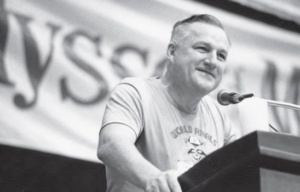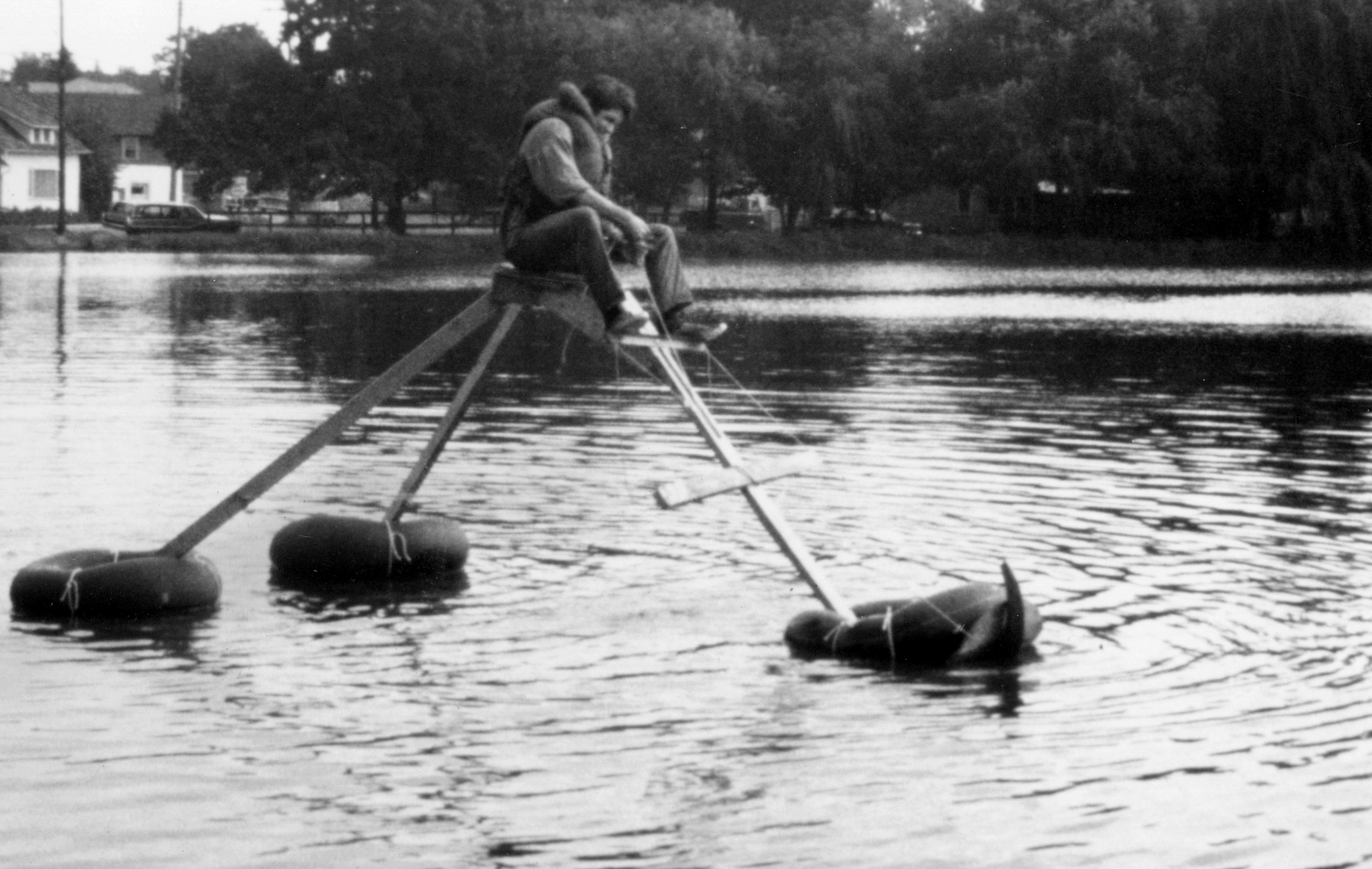Odyssey of the Mind is not just about competing and problem-solving – it is about friendship and family. During OM™ competitions young people are encouraged to meet new friends and to watch and learn from the ideas of others. Through our volunteer structure, families are able to be an integral part of the program and are able to help in their communities. Odyssey of the Mind puts learning into action and has made learning fun for decades!
Odyssey’s Roots

The Odyssey of the Mind was born out of the innovative teachings of its founder, Dr. C. Samuel Micklus. During the 1970’s at Rowan University in New Jersey, Dr. Micklus (Dr. Sam to OMers) challenged his Industrial Design students to use their creativity to solve unique problems like building a vehicle without wheels, designing and testing a mechanical pie thrower, and making a flotation device that transported them safely across a lake.
He created a course entitled Creative Problem Solving long before it was accepted as a valuable aspect of education. Word spread and the students’ intriguing solutions attracted attention from the local media.
OM and beyond

From there, teachers and students found what they were missing in the classroom in those activities and asked to be included in Dr. Sam’s challenges. In 1978 Dr. Micklus created problems for middle and high schools in New Jersey. This competition was the first ever of its kind and Olympics of the Mind (OM) was born. As a result of popular demand, Creative Competitions, Inc. (CCI) was formed to produce and administer the program.
It was in 1980 when the first teams from outside of New Jersey, including the first international teams – coming from Canada – participated. This was the first World Finals. In 1982 CCI helped organize local not-for-profit associations to administer the program for the schools and teams in their respective state/country.
Going Global
Soon after, the name of the program was appropriately changed to Odyssey of the Mind, representing the journey of discovery participants take while using their creativity and natural abilities to solve the program’s challenging problems. Today, there are associations all around the world serving thousands of schools participating in Odyssey of the Mind. Teams represent nearly every state in the US and approximately 25 other countries.
World Finals now includes teams from as far away as China, Germany, Mexico, India – as well as Canada’s continued presence! Twenty thousand people travel to World Finals – teams, parents, coaches and volunteers; proving that creative thinking is universal and that OotM is the positive force that brings them together.
Who Is OMER?
OMER is the Odyssey of the Mind raccoon mascot. R accoons are known to be curious and resourceful. They explore cans and containers to see what might be useful to them inside. Odyssey of the Mind encourages young people to re-purpose, recycle, and reuse materials. OMER appears at tournaments all over the world. His curiosity and creativity is contagious.
accoons are known to be curious and resourceful. They explore cans and containers to see what might be useful to them inside. Odyssey of the Mind encourages young people to re-purpose, recycle, and reuse materials. OMER appears at tournaments all over the world. His curiosity and creativity is contagious.
You can go download the OMER’s World app. This has information about our World Finals.
Staying True
Today’s Odyssey of the Mind continues to provide students with life lessons as it did in its beginning. Teammates continue to come together in a way where ideas are expressed and appreciated, responsibility is shared, resources are managed, and new friends are made. OMers – the name given to Odyssey of the Mind participants – continue to learn how to evaluate and solve problems using critical thinking and creativity. These are skills they will need in the future. Odyssey of the Mind is truly a giant, creative world-wide family!
While teaching philosophies and the world around us changes, Odyssey of the Mind has consistently created challenging and fulfilling problems in a fun and friendly environment. It continues to believe that creativity can be taught and that education should be fun!



